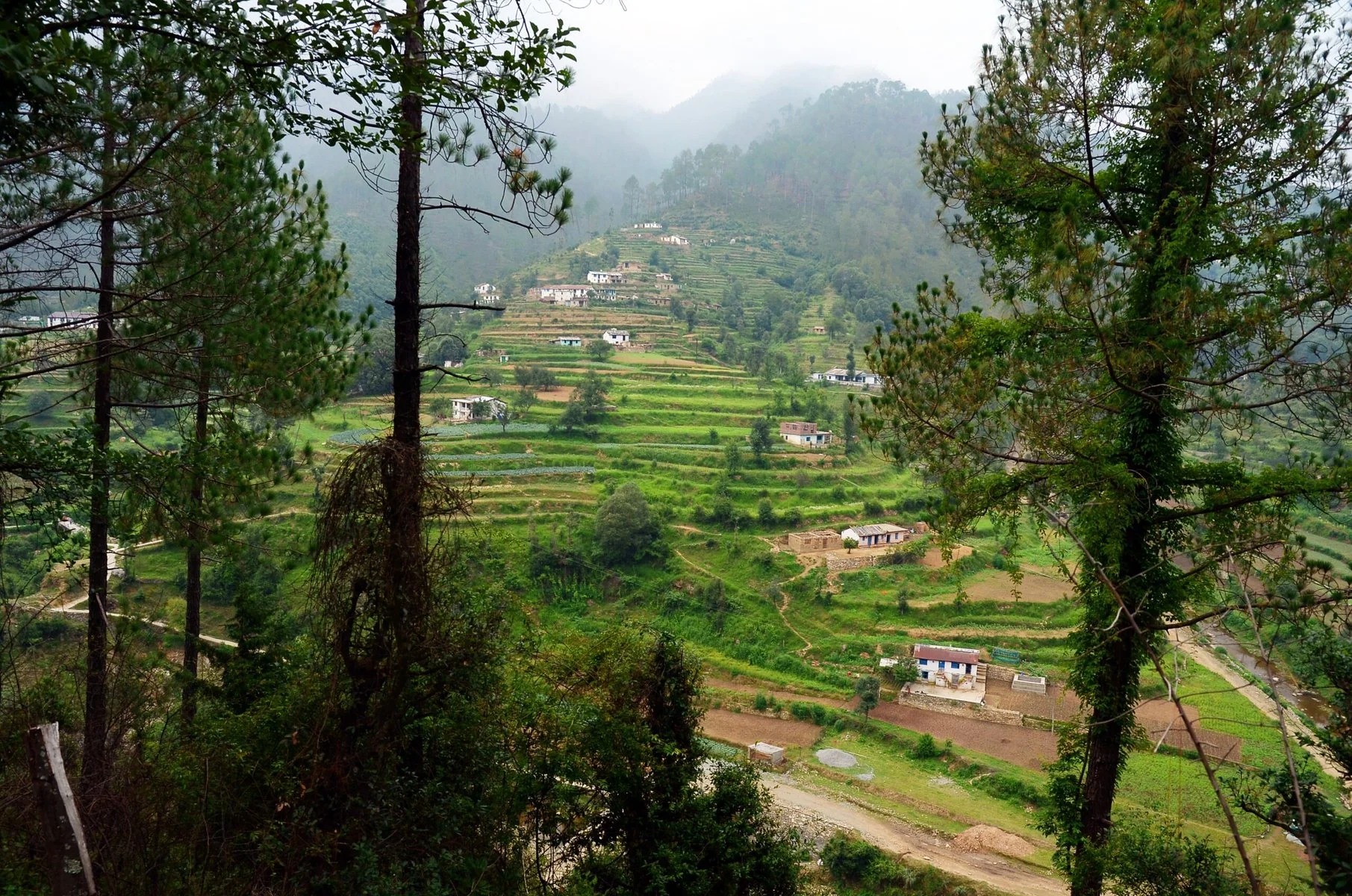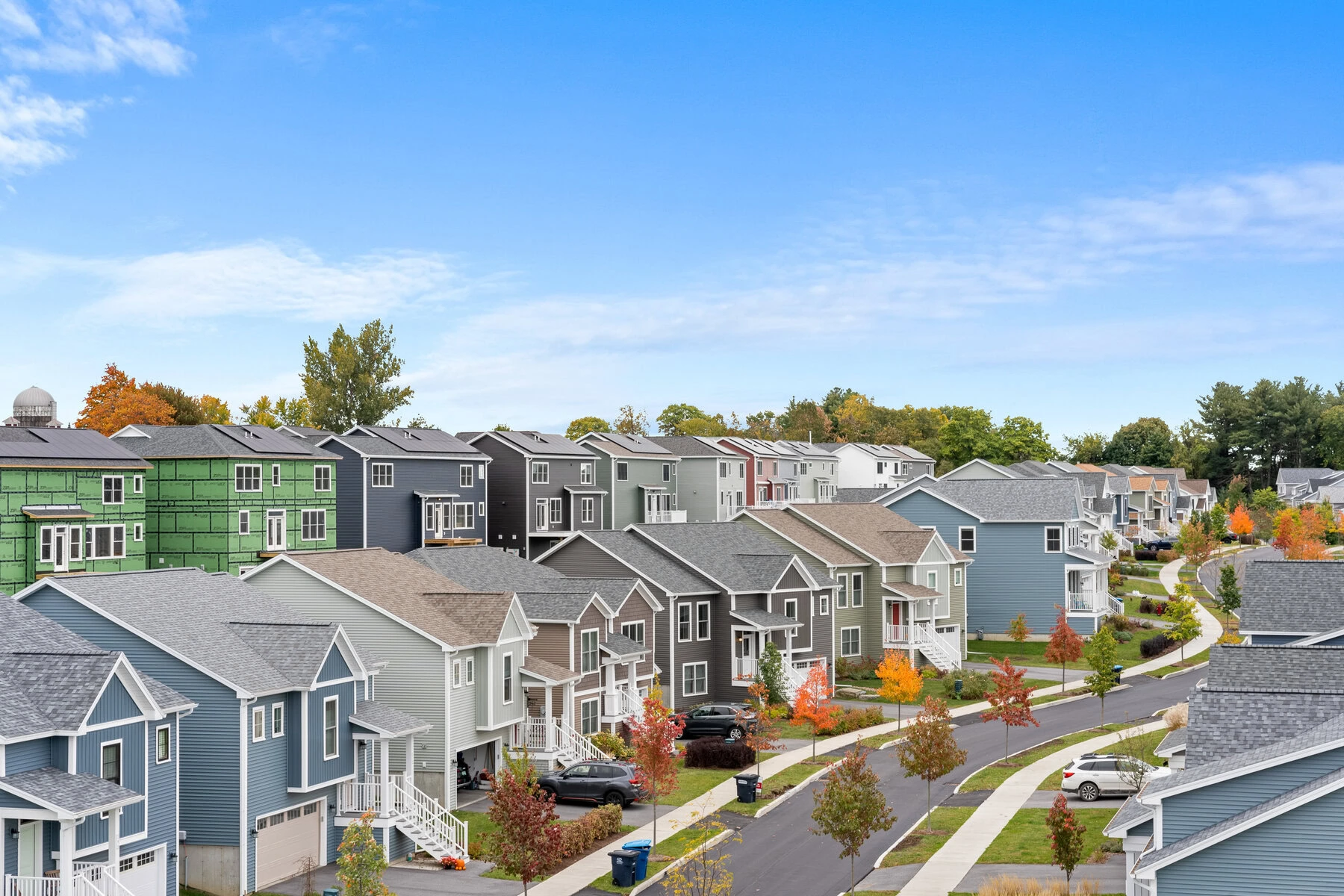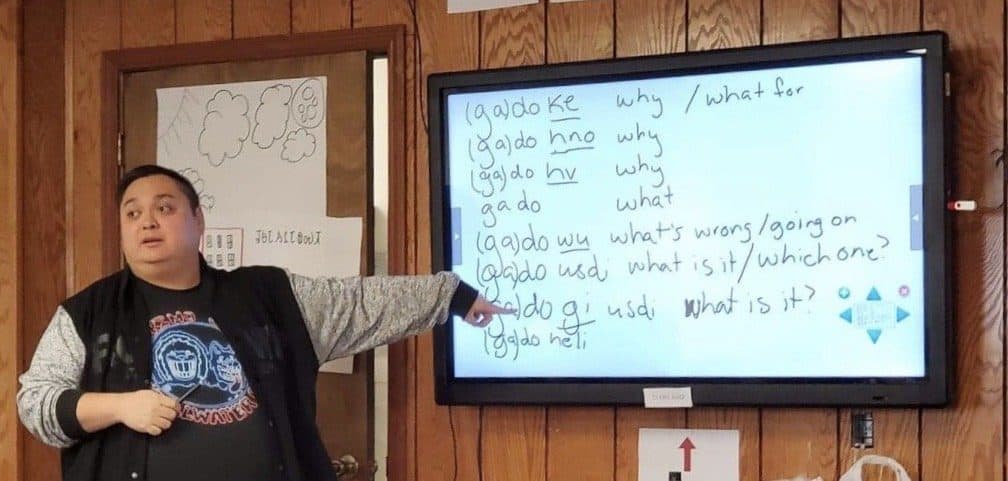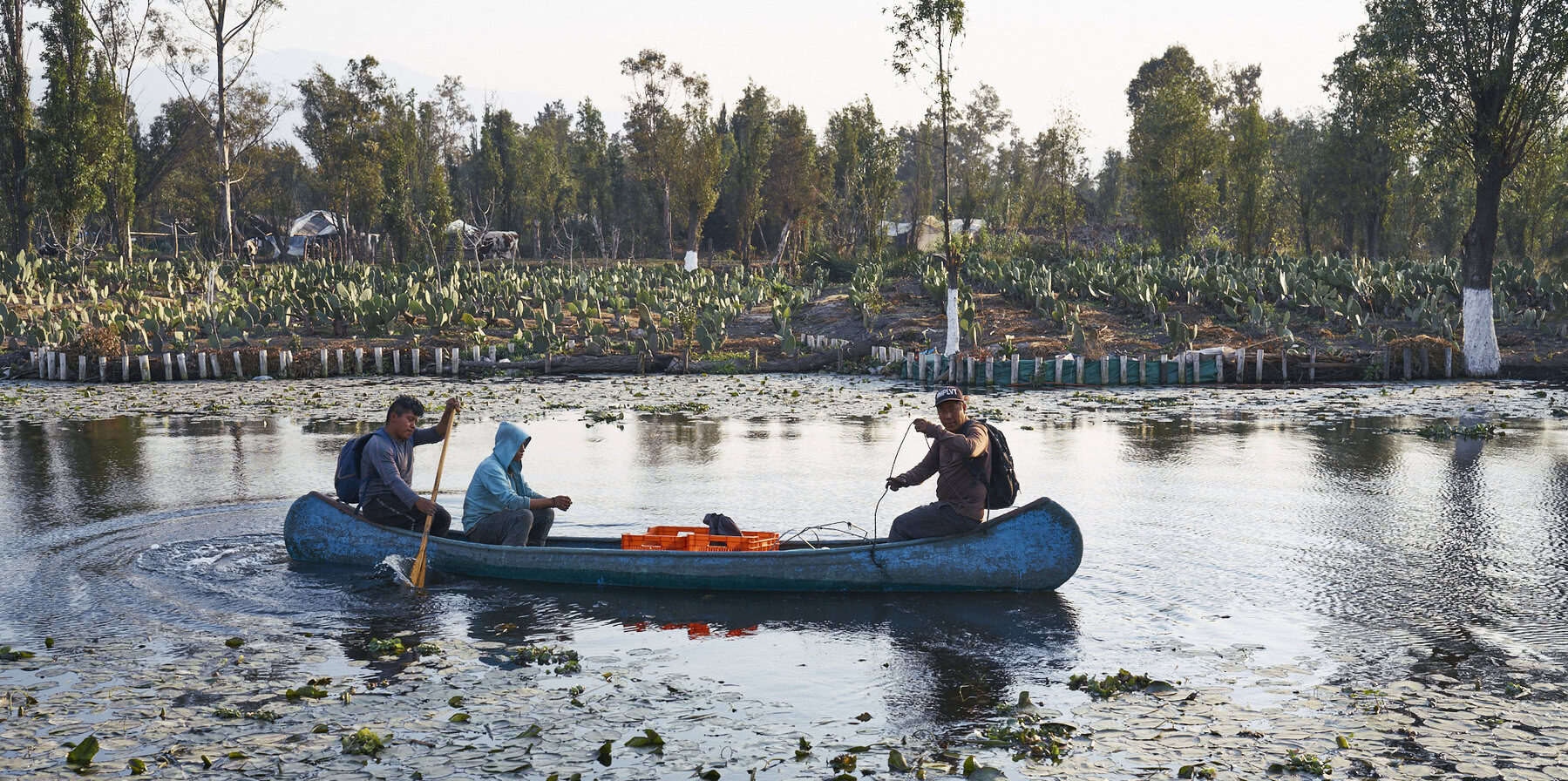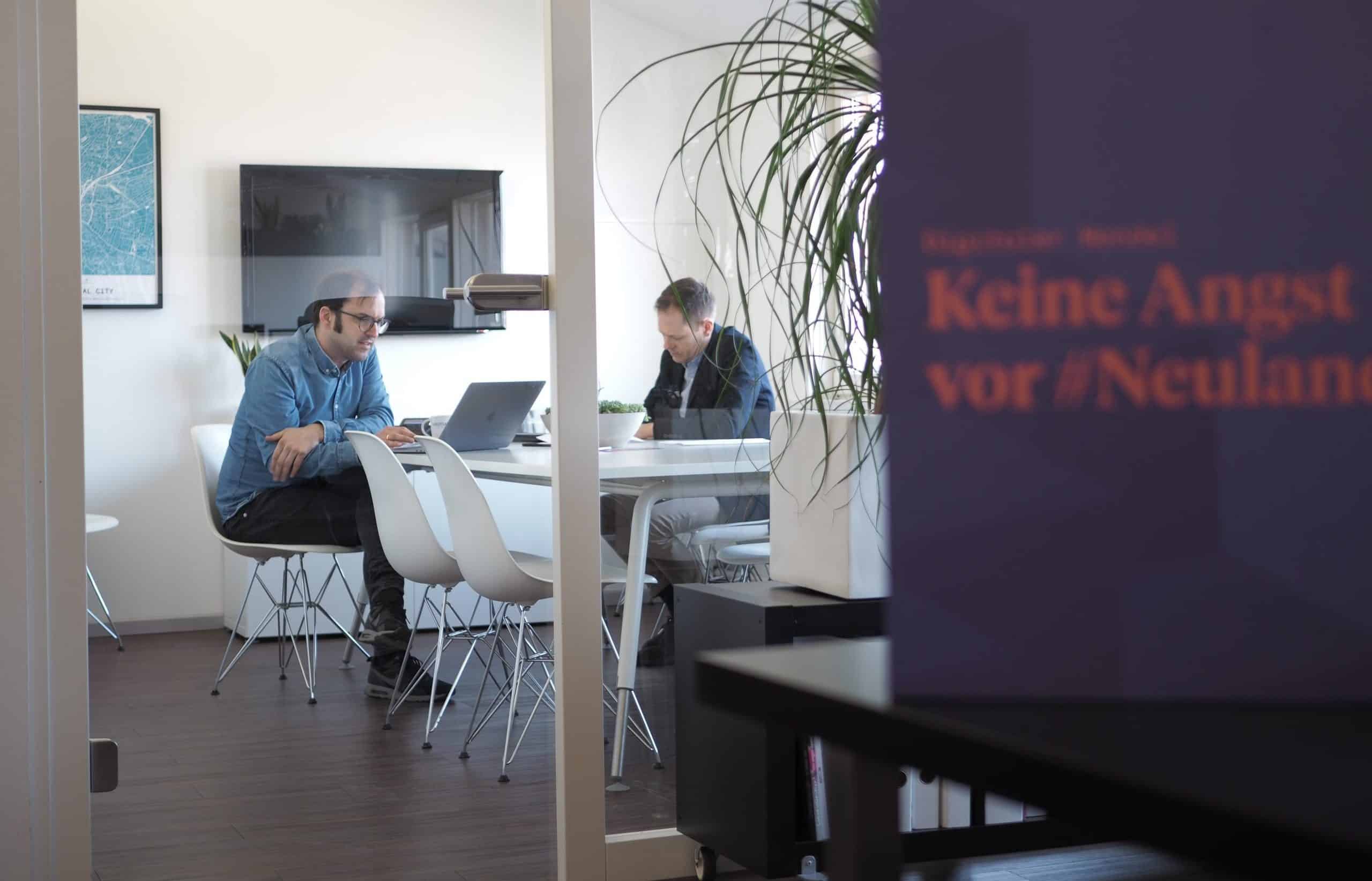Three great stories we found on the internet this week.
Natural medicine
Rainforest preservation isn’t just a prescription for a healthier planet — it could also help prevent the next global pandemic. Deforestation disrupts natural habitats and brings wild animals carrying dangerous diseases into contact with more people. In Borneo and Madagascar, the nonprofit Health In Harmony has worked to stop people from cutting down trees. The result? An improvement in the health of local populations.
ProPublica reports that in places where Health In Harmony successfully preserved rainforest in collaboration with the community, there have been “significant declines in malaria, tuberculosis, neglected tropical illnesses and chronic obstructive pulmonary diseases.”
“I have learned that the forest, humans and animals are interdependent, and if the forest is sick, then the animals will be sick, and animals will surely impact humans’ health too,” a former logger who is now a “forest guardian” says.
Testing, testing
The women of Iwaki who established Mothers’ Radiation Lab Fukushima don’t have science degrees. What they do have is a mission: Monitor radiation levels and shine a light on the effects of the fallout from the Fukushima nuclear plant’s 2011 meltdown. Ever since, these citizen scientists have both eased fears (when lab tests reveal low radiation), and also prompted officials to send decontamination teams where necessary.
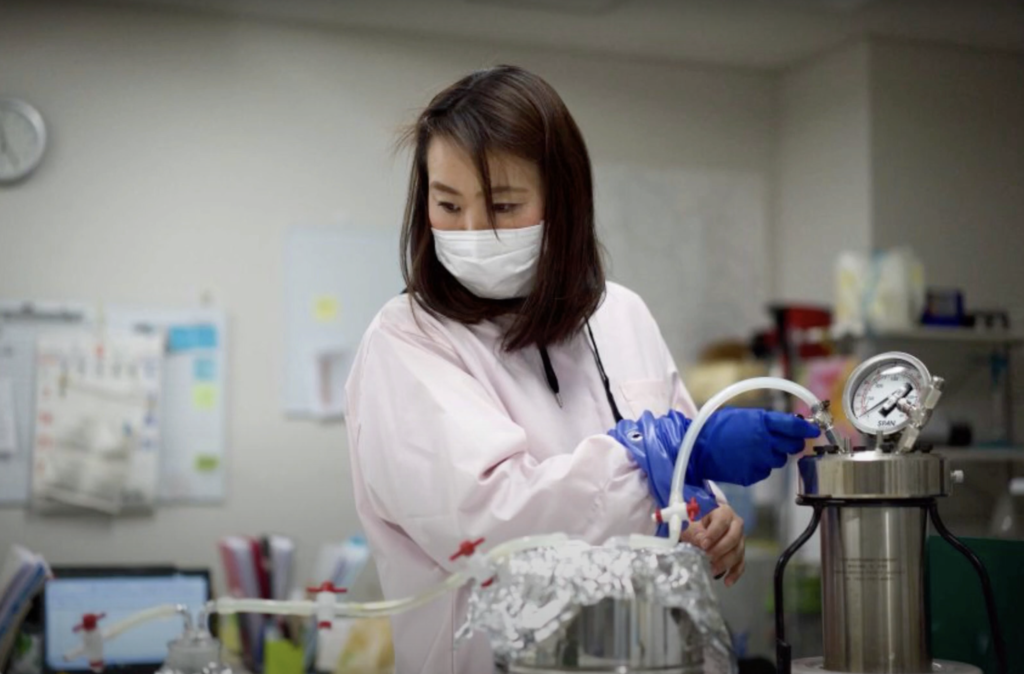
The local government in Fukushima doesn’t widely measure soil radioactivity — and does no testing in Iwaki. With the support of a few experts, Mothers’ Radiation Lab safely processes 2,000 samples each year from community members who send in everything from home garden produce to vacuum dust. They publish results online, which many families use to make personal safety decisions. The group also conducts thyroid cancer screenings for the public and runs a kids camp that raises awareness about radiation safety.
Read more at the Christian Science Monitor
Capture and release
A 30-story apartment building in Manhattan has a head start when it comes to meeting the requirements of a city climate law aimed at cutting greenhouse gas emissions. The management company installed a system that captures the carbon dioxide emitted by the gas boilers that provide heat for tenants. The CO2 is cooled to a liquid and mixed into cement at a Brooklyn concrete factory.
Weighed down by negative news?
Our smart, bright, weekly newsletter is the uplift you’ve been looking for.“This is the first carbon capture system on a building that we’re aware of anywhere in the world. And we expect that it won’t be the last,” the COO of the company behind the system told The New York Times.
The technology prevents the release of about 60 percent of the boilers’ CO2 emissions, sequestering it in concrete that can be used in construction. The system will allow the building to avoid $100,000 in annual fines for exceeding emissions limits that go into effect next year. Ultimately, electrifying buildings and using clean energy sources like solar and wind will make a bigger dent in CO2, but for now the capture system is a less expensive option.




